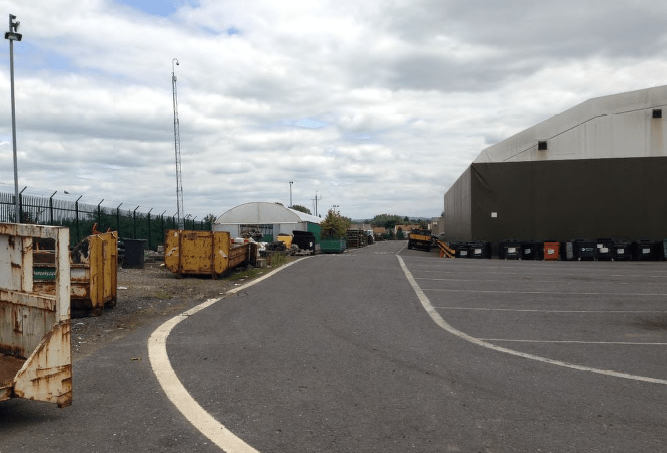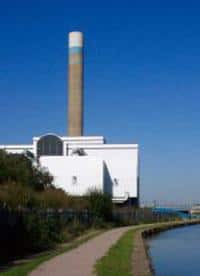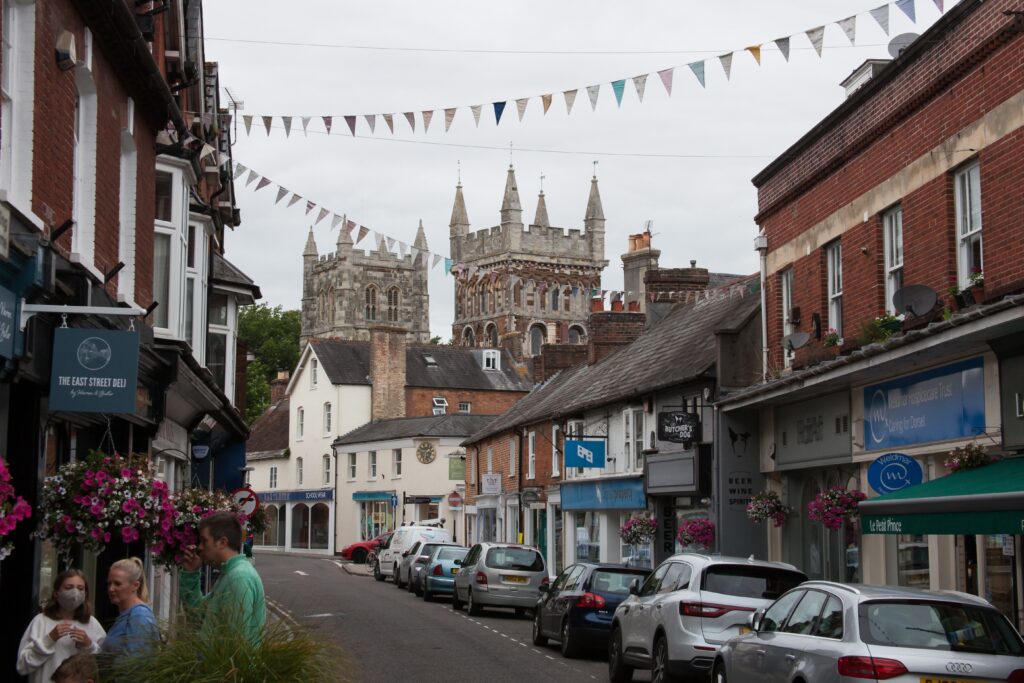Council chiefs in the district are seeking a contractor to accept 40,000 tonnes of commingled food and green waste to a standard compliant with PAS100 and animal by-products regulations.

At present, the council’s arm’s-length organisation, Ansa, collects only green waste from households and HWRCs which is composted at three sites: CRJ’s Fields Farm facility in Sandbach, WGR Ltd in Nantwich, and HSF Recycling in Stoke-on-Trent
Following a feasibility study produced by Ricardo-AEA, Cheshire East has opted to collect mixed food and green waste in its existing garden waste bin, with an option to treat the mixed waste via a dry AD plant sited at the Pym’s Lane waste recycling depot in Crewe.
The 17-year contract, worth an estimated £19.3 million, will see the local authority look to an existing in-vessel composting plant or choose a contractor willing to design, build and operate the dry AD plant.
Fermentation
Use of dry or ‘high solids’ AD allows operators to combine dry fermentation with in-vessel composting. This means a greater proportion of the biowaste stream is recycled – generating volumes of PAS100 grade compost as opposed to large quantities of digestate – as well as lower energy demand.
The process, which has been used more commonly in Europe, has been rolled out by Fife council in Scotland and will also form part of Amey’s new Milton Keynes waste recovery park when it comes online later this year (see letsrecycle.com story).
Ralph Kemp, waste strategy manager for Cheshire East, told letsrecycle.com that by adopting the commingled system, the council hopes to retain its three wheeled bin system for residual waste, dry recyclables and organics.
He added that despite initial costs involved in developing a new facility, in the long-term the dry AD system could command a lower gate fee than alternative treatment options, as well as providing digestate for a region with a “large percentage of dairy farming”.

If food waste is added to the green waste stream, it is expected that Cheshire East’s seasonal shutdown of green waste collections at Christmas will revert to an all-year service.
RDF
Mr Kemp also commented that plans to divert the borough’s remaining residual waste from landfill were underway, with a transfer station to begin operations in 2017. The site will be used to process waste which would have been sent for landfill into refuse derived fuel (RDF).
Some 28,000 tonnes of residual waste collected by Ansa – the council’s arm’s-length operator – is already sent to the Hanford Stoke-on-Trent energy from waste facility under an interim agreement with the Staffordshire authority. However, the remaining 42,000 tonnes is sent to FCC’s Maw Green landfill site near Crewe.
Once the transfer station is completed, the council will look to reduce the amount of waste it sends to landfill by processing it into RDF for use in a nearby pre-existing energy from waste facility.
Both the organic waste and residual waste treatment solution form part of the council’s 2030 Waste Strategy, with commencement of either the IVC or dry AD contract expected to begin in April 2017.








Subscribe for free